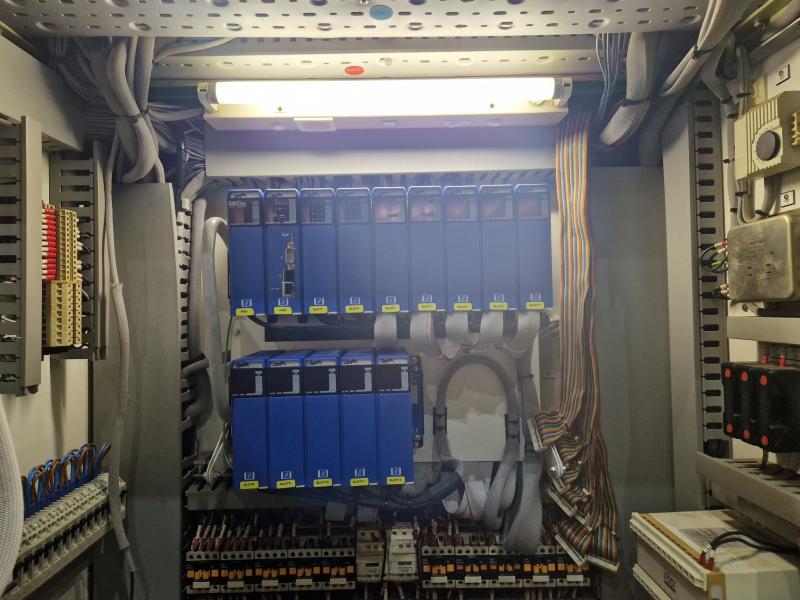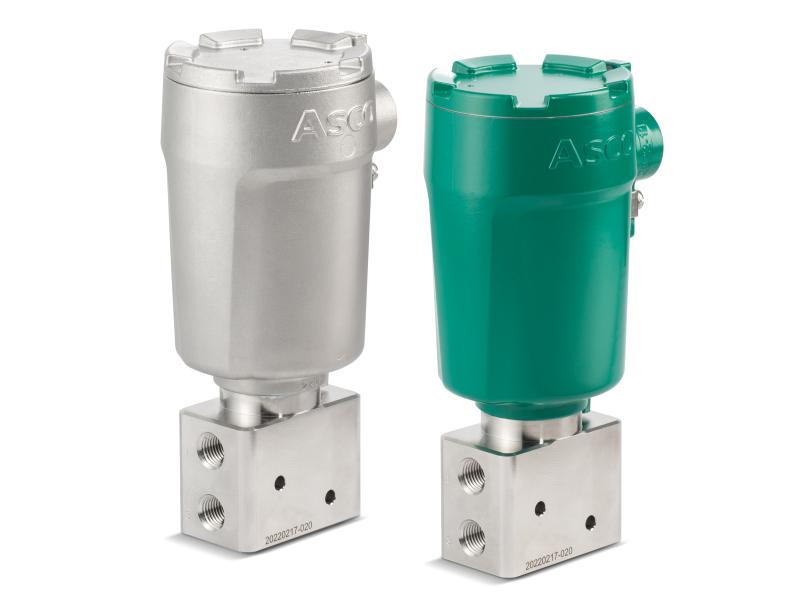Often, plant managers have a deep understanding of all the key operational challenges facing their facility and have a broad knowledge of the instrumentation that can help solve them. However, they might not always be aware of the latest innovations that can make their lives even easier than ever. For example, multifunctional monitoring instrumentation that simplifies all plant measurement and control processes. In this article, Ian Loudon, international sales and marketing manager at remote monitoring specialist Omniflex, explains the challenges of plant signal conditioning and how multi-functional modules play a crucial role in monitoring applications across Australasian industrial sectors.
Streamlining technology is one of the most effective ways to innovate. In almost every industry, it’s likely that a business will opt for a single solution with multiple functionalities over a selection of specialised products - providing it doesn’t compromise on quality.
Signal conditioning is no different. Essentially, signal conditioning converts physical qualities into readable data that can then be processed by computer systems. Often, applications are complex with multiple specialised components that are configured to measure an individual physical property, for example line linearisation in tanks. This method quickly becomes impractical across all industries with signal conditioning applications because there are multiple physical processes requiring 24/7 monitoring.
In an industrial plant environment, its crucial that physical processes are working and are measured accurately. They act as catalysts for each other constantly propelling an efficient plant operation, which is why signal conditioning is an integral interface in plant management.
Tank monitoring and linearisation
Take tank monitoring, for example. This involves measuring the volume of liquid in storage tanks and detecting issues like overflows and leaks before they cause major structural and environmental damage as well as safety incidents. While this can often be a straightforward process, it becomes trickier if the tank is uneven or awkwardly shaped as this can make levels harder to read as it requires additional mathematical computations on top of simply reading the analogue signals.
A classic example of this would be in petrochemical applications where spherical tanks are commonplace, such as the 30 million litre fuel storage facility at Port Melville, Melville Island. Here, liquid levels inside the tank don’t rise in linear proportion with liquid volumes and mathematical calculations are required to work out liquid volumes from the readable tank level.
This is where Omniflex’s TFX module shines, acting as a ‘one stop shop’ for signal conditioning. Its ability to manipulate analogue signals and configure the appropriate mathematical functions mean that it can be used to measure multiple physical properties at once.
Additionally, its SIL-1 rating makes the module suitable for use in harsh and hazardous environments where safety is a key consideration. This is critical in petrochemical applications where potential for combustion and explosion must be factored into all operational considerations.
When applied to the challenges in tank monitoring, the module provides an easy solution that mitigates them. In the case of differentiating tank shapes, the TFX works out the volume of conical or spherical tanks without the need for additional kit.
Tanks can also deform – often due to pressure or temperature changes over time. They could have minor denting that is not severe enough to warrant a replacement – however the shape of the tank has still changed and original linearisation data is obsolete. This can be mitigated easily by using the TFX module to monitor linearisation because it can calibrate itself to adjust to the subtle deformations.
Thanks to the device’s multifunctionality, the risk of the tank leaking is significantly reduced. The TFX’s ability to adapt means that the data collected is accurate even when unconventional physical properties are present. This means that any issues with the tanks are likely to be resolved quickly and the chances of significant errors - like leaking - taking place dramatically decreases.
Finding the right signal conditioning application is critical when it comes to plant operations. Multifunctional modules like the TFX are smoothing out the monitoring process, whilst maintaining the accuracy needed for successful data monitoring. Find out more about the TFX module from Omniflex, and how accurate signal conditioning systems can support your business here: www.omniflex.com/sigcond.






